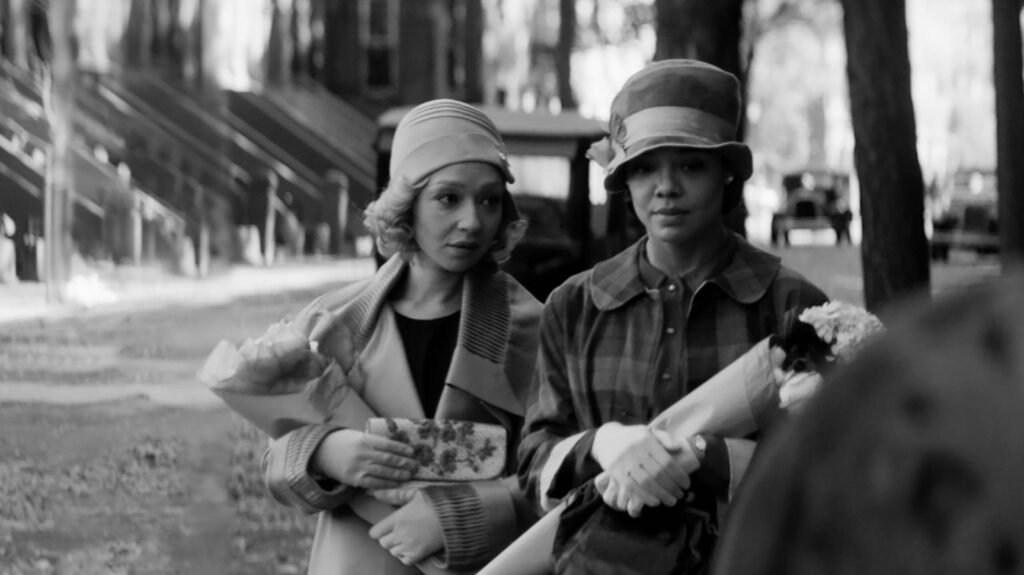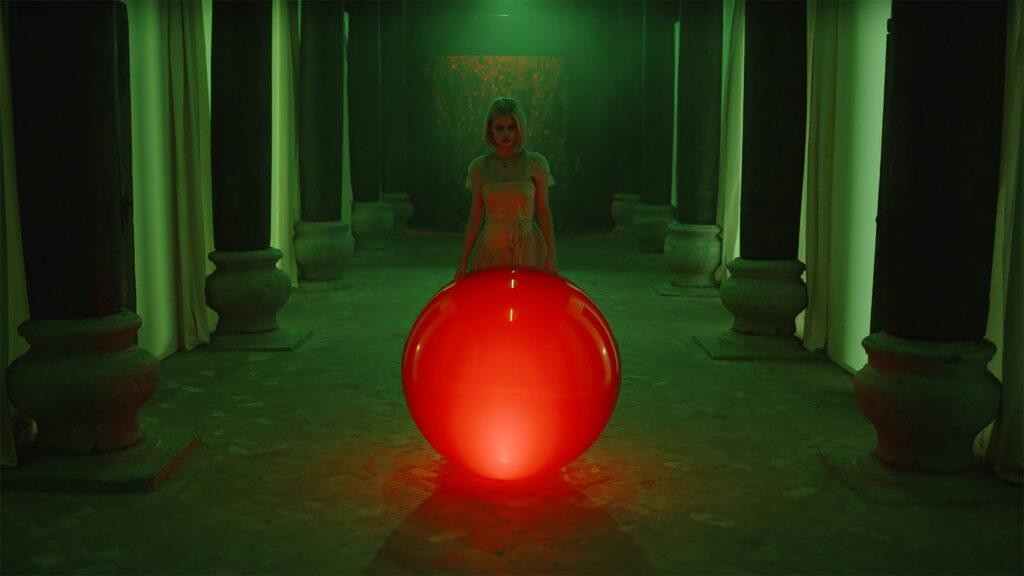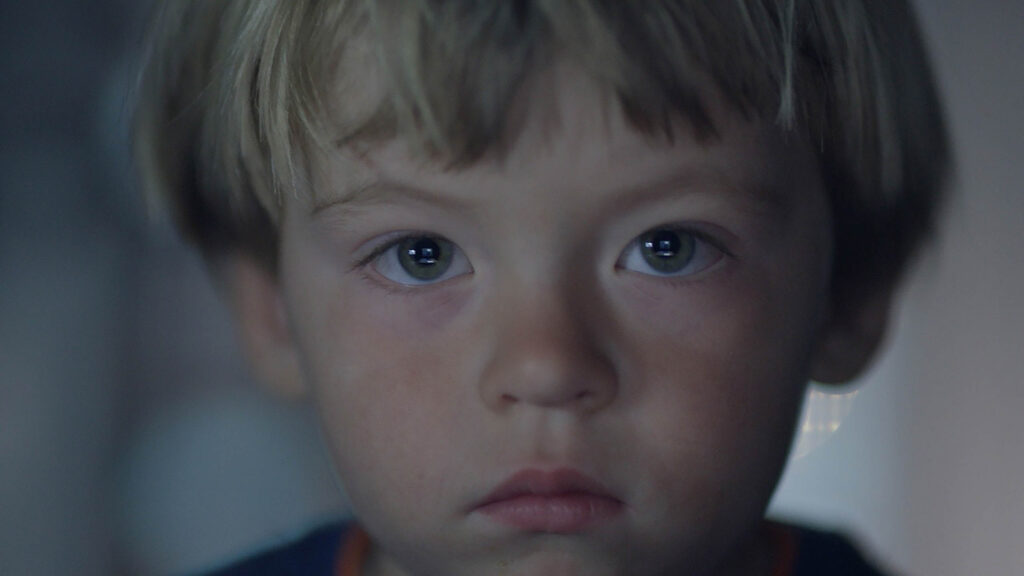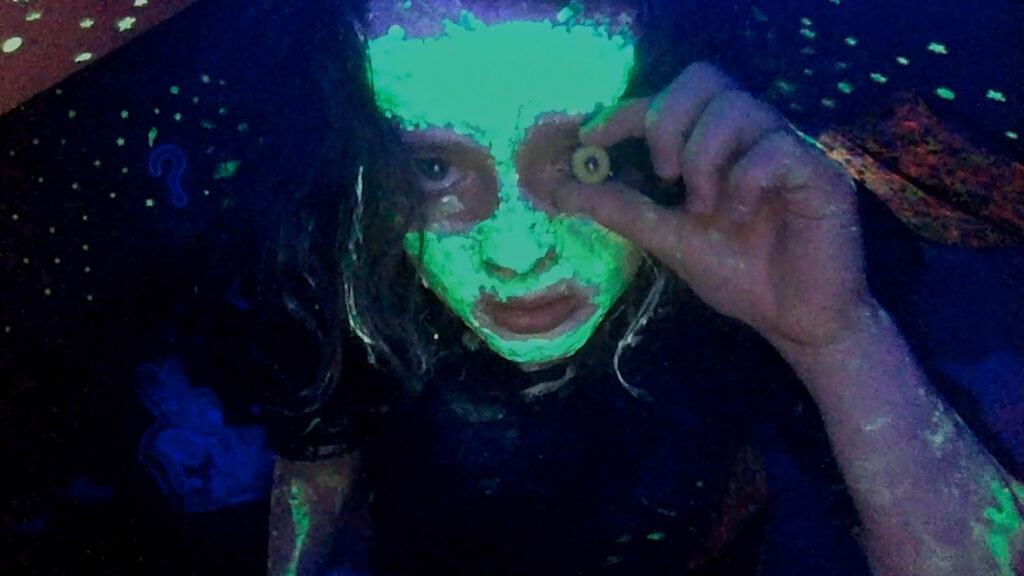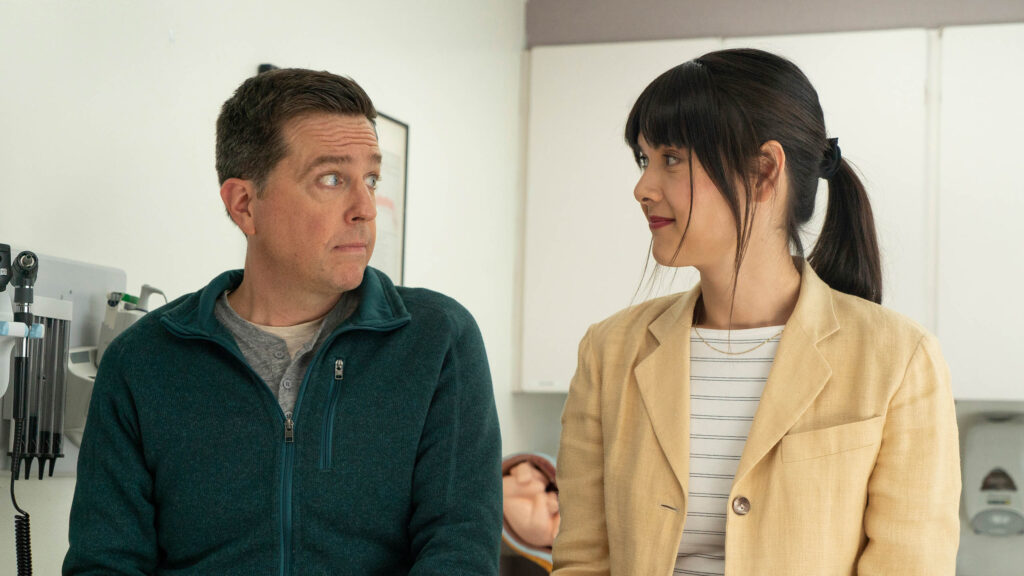Sundance Review: Playing with Sharks
Written by Ian Thomas Malone, Posted in Blog, Movie Reviews, Pop Culture
The greatest strength of Playing with Sharks is apparent almost instantaneously. Director Sally Aitken knows what an asset she has in her subject. Marine conservationist Valerie Taylor is such a joy to watch on screen that it feels like all the director has to do is sit back and let the magic unfold.
Obviously, a documentary requires extensive work, but it’s a testament to Aitken’s abilities as a director that she can present her narrative that carries such an aura of effortless glee. The passion that Taylor inspires in seemingly everyone around her radiates through the screen. Using extensive archival footage, Playing with Sharks is a fascinating career perspective that also sheds light on the ways that humans have come to care about preserving the ocean.
Taylor and her husband Ron, who died in 2012, were pioneers of underwater filmmaking, particularly with regard to sharks. Aitken shows that part of that was through their love of the animals, but also for economical reasons. Production studios favored footage of “dangerous” sea creatures, an idea that Taylor has railed against for the vast majority of her career. Misconceptions about the dangers posed by sharks and other sea creatures have had a profoundly negative effect on their continued survival.
Aitken’s depiction of Taylor’s vast career demonstrates the many roads that can lead one to an interest in conservation. Originally a competitive spear-fisher, Ron and Valerie grew disenchanted with the practice, committing themselves to only capturing the animals on camera rather than with a weapon. Such a dynamic sets up the most interesting chapter of the narrative with their work on Jaws.
Often considered the first modern blockbuster, Jaws’ effect on shark education and the well-being of their populations in general has been well-documented over the decades. Peter Benchley, author of the novel that Spielberg’s classic was based off of, has said he wouldn’t have written it if he’d known the damage it would cause. Though Taylor is reluctant to outright say it, the film gives the sense that she’s very much in agreement.
Fitting for its subject’s career, Playing with Sharks presents its remarkable footage of sharks without evoking anxiety from its audience. You may not necessarily want to put on a chainmail suit and jump in the ocean, but Taylor is quite effective at easing any tension one might feel toward these wondrous creatures. She even teaches a shark some tricks, an inspiring sense of confidence from a remarkable woman.
Aitken’s film is not super high stakes, a fairly conflict-free narrative that matches the frequency of its warm subject. The third act features several scenes of Taylor talking about her advocacy work to the Australian government, showing the resistance she faced years ago, as well as the progress that’s been made along the way. Playing with Sharks is a breezy documentary, a work that manages to operate on a similar wavelength as its subject. Wildlife aficionados will find much to enjoy in this fascinating depiction of Taylor’s life’s work.








